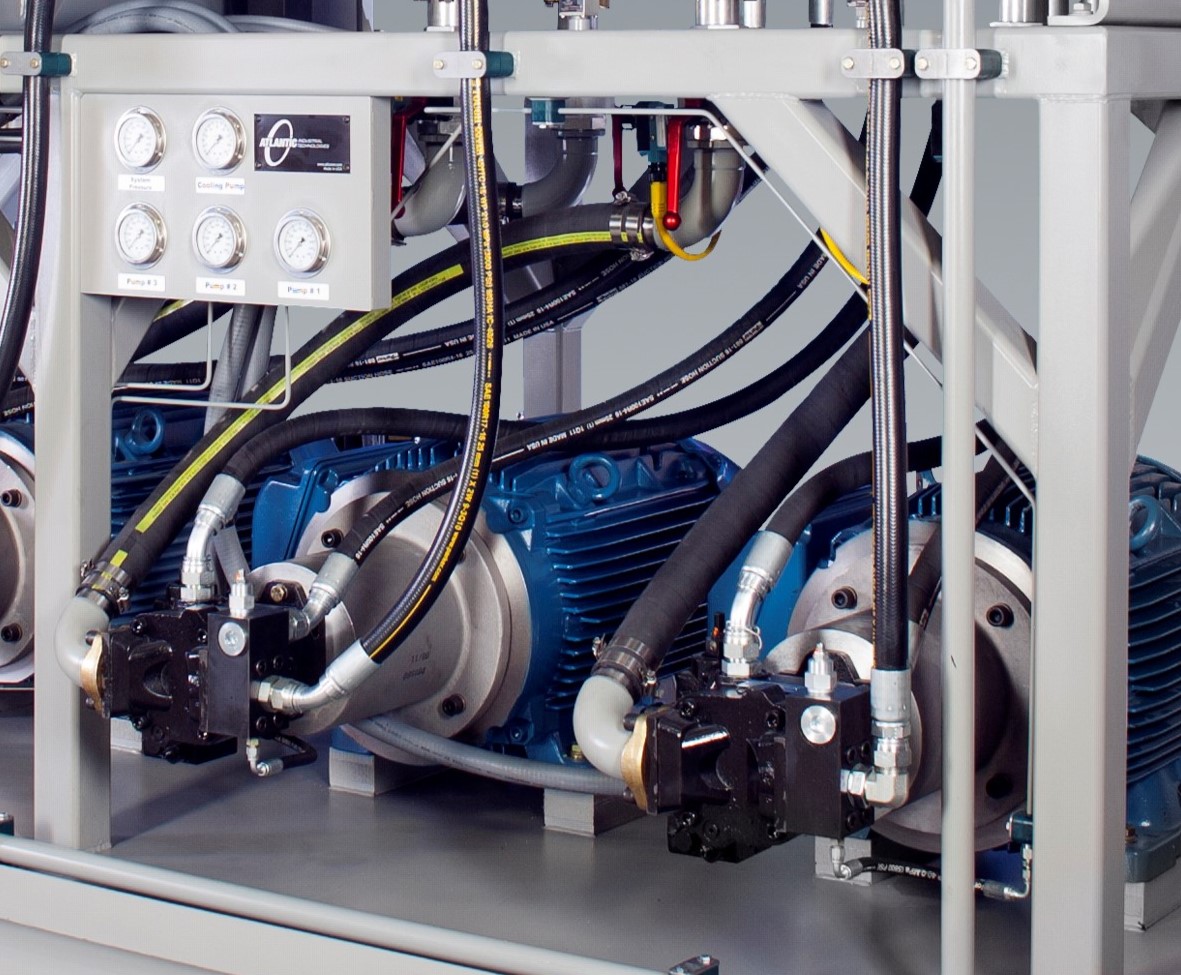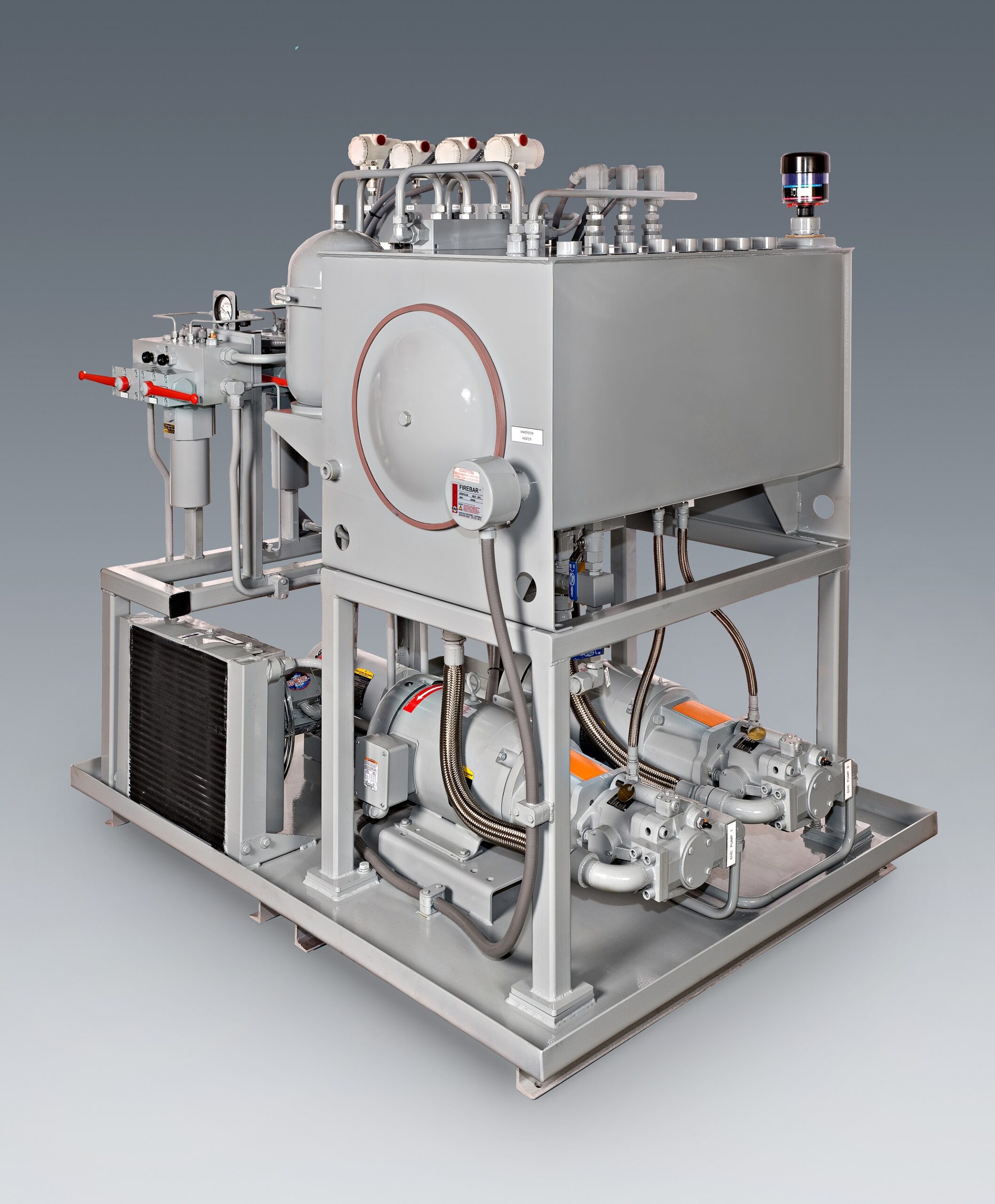Common Hydraulic Pump Problems and How to Solve Them
Hydraulic pumps are crucial components in various machinery and systems, converting mechanical power into hydraulic energy. Hydraulic pumps play a vital role in powering hydraulic systems, from heavy industrial equipment to everyday machinery. However, like any mechanical device, they are susceptible to problems affecting their efficiency and performance.
In this article, we’ll explore some common hydraulic pump issues and provide practical solutions and troubleshooting advice to address them effectively.
1. Fluid Contamination: One of the most prevalent issues with hydraulic pumps is fluid contamination. Contaminants such as dirt, debris, water, and air bubbles can compromise the performance and lifespan of the pump. Contaminated fluid can lead to increased wear and tear on pump components, reduced efficiency, and potential system failure.
Solution: Regularly inspect the hydraulic fluid for signs of contamination. The best way is to send fluid samples to a lab for spectrometric analysis. Ensure that the fluid is clean and free from impurities. Use high-quality filters and perform routine maintenance, including fluid changes and filter replacements, as the manufacturer recommends. Additionally, keep the hydraulic system sealed properly to prevent contamination from entering.
2. Leakage: Hydraulic pump leaks can occur due to worn seals, damaged hoses, loose fittings, or cracked components. Leakage results in fluid loss and reduces system pressure and efficiency.
Solution: Inspect the hydraulic system for any signs of leakage, such as puddles or damp spots. Replace worn seals, tighten loose fittings, and repair or replace damaged hoses and components promptly. Regularly check hydraulic connections and fittings for tightness to prevent leaks from occurring.
3. Cavitation: Cavitation is a common issue characterized by the formation of air bubbles or vapor pockets within the hydraulic fluid due to low pressure. These bubbles can implode near the pump’s surfaces, causing damage to the pump components and reducing efficiency.
Solution: To prevent cavitation, ensure the hydraulic fluid is clean and properly filtered to remove any air bubbles. Maintain the appropriate fluid levels and system pressure as recommended by the manufacturer. If cavitation occurs, identify and address the underlying cause, such as a restriction in the inlet line or excessive pump speed.
4. Overheating: Overheating is a significant concern for hydraulic pumps and can result from excessive friction, inadequate cooling, or insufficient fluid levels. High temperatures can lead to premature wear of pump components and seals, leading to leaks and decreased system efficiency.
Solution: Monitor the operating temperature of the hydraulic system regularly. Ensure proper lubrication and cooling of the pump by maintaining adequate fluid levels and using cooling systems such as fans or heat exchangers. Avoid overloading the pump or operating it at high speeds for extended periods, as this can contribute to overheating.
5. Noise and Vibration: Unusual noises or vibrations coming from the hydraulic pump can indicate underlying problems such as misalignment, worn bearings, or damaged components.
Solution: Inspect the pump for any signs of wear or damage, including loose or misaligned components. Replace worn bearings and realign the pump as necessary to reduce noise and vibration. Additionally, ensure that the pump is properly mounted and supported to minimize vibrations.
6. Loss of Pressure: Loss of hydraulic pressure can occur due to various factors, including leaks, worn seals, or pump inefficiency. Reduced pressure can affect the performance and functionality of hydraulic systems.
Solution: Conduct a thorough inspection of the hydraulic system to identify the source of pressure loss. Check for leaks, damaged seals, or worn components that may be causing the pressure drop. Repair or replace faulty parts and ensure that the pump is properly calibrated to maintain the required pressure levels.
In conclusion, hydraulic pumps are critical components in many industrial and mechanical applications, and encountering problems with them is inevitable. However, by understanding the common issues that can arise and implementing proactive maintenance and troubleshooting measures, it’s possible to mitigate these problems effectively. Regular inspection, proper fluid management, and prompt repairs are essential for ensuring the reliable performance and longevity of hydraulic pumps and systems. By addressing issues promptly and implementing preventive maintenance strategies, operators can minimize downtime, reduce repair costs, and optimize the efficiency of hydraulic equipment.
Have any questions? Send us a message or request a quote today.





